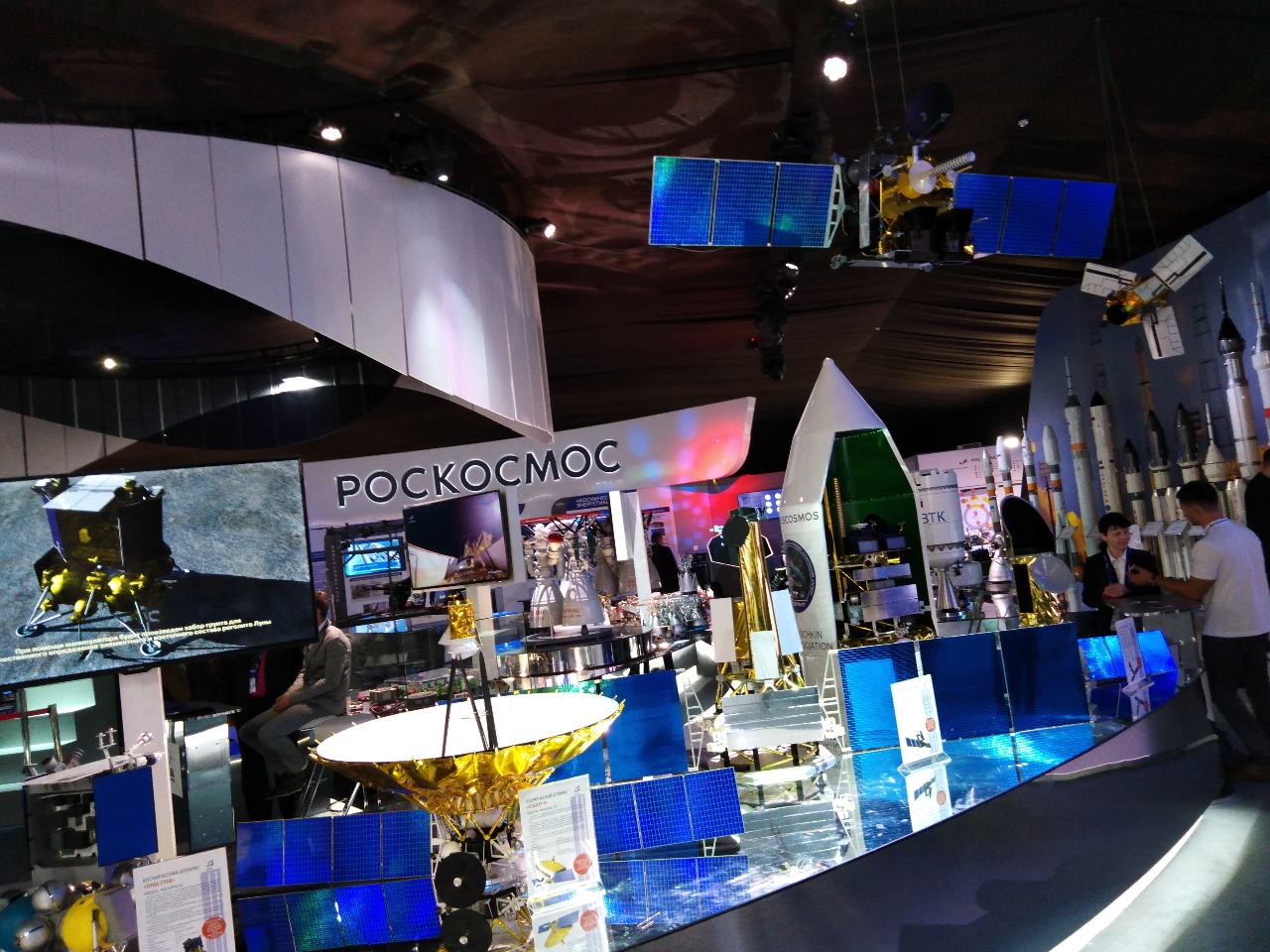After a hiatus that lasted more than a generation, Russia returns to its ambition of space exploration, and it is the pioneer of the probes sent to the Moon, Venus, and Mars to whom it entrusts the mission.
Based in Moscow, the Lavochkin Institute is preparing its big comeback with no less than 4 missions from 2021 to 2025. Those will focus on the south pole of the Earth's satellite with the aim of bringing back to Earth a lunar ice sample. During the same period, two missions — Boomerang and Mars Sample — will also attempt to bring back on Earth samples of Martian soil and Phobos. Even though Venus won’t be left out after 2025 — with the project launch of the Venera D probe — the sun and its interaction with the Earth will be the main focus. No less than 4 missions will be sent there as of 2020, including two orbital laboratories: Arka, which will map the surface, and Interheliozond, which will nears the star as close as possible to study the solar winds and the phenomena of ejections. As for the Strannik and Resonance probes, they will study the interactions between the sun and the terrestrial magnetosphere.
But the study of the deep sky is not left out, as we were told by Pavel Primakov, a representative of Lavochkin at MAKS. Regarding this point, the Moscow Academy of Sciences deploys a multispectral approach to explore the Universe. After the success of the international mission Spektr-R, launched in 2011, consisting in setting into orbit a radio telescope with a diameter of 10 meters, the Lavochkin Institute and the German DLR launched in July the space observatory Spektr-RG which is currently reaching the Lagrangian point 2 located 1.5 million km from the Earth. It carries two telescopes of 1.7 meters of diameter to make the most detailed map of the universe to date thanks to X-rays. Indeed, the high-temperature gas clusters of the galaxies emit a considerable amount of these rays, which constitutes an effective tracer to study their distribution which is gathered into filaments, and thus the structure of the universe. After 2025, the space telescopes Spektr-UF in the ultraviolet domain and Gamma-400 in the gamma-ray domain will follow. But above all, Spektr-M, an infrared telescope with a 10 meters diameter mirror and a record resolution of 30 nanoseconds of arc.

